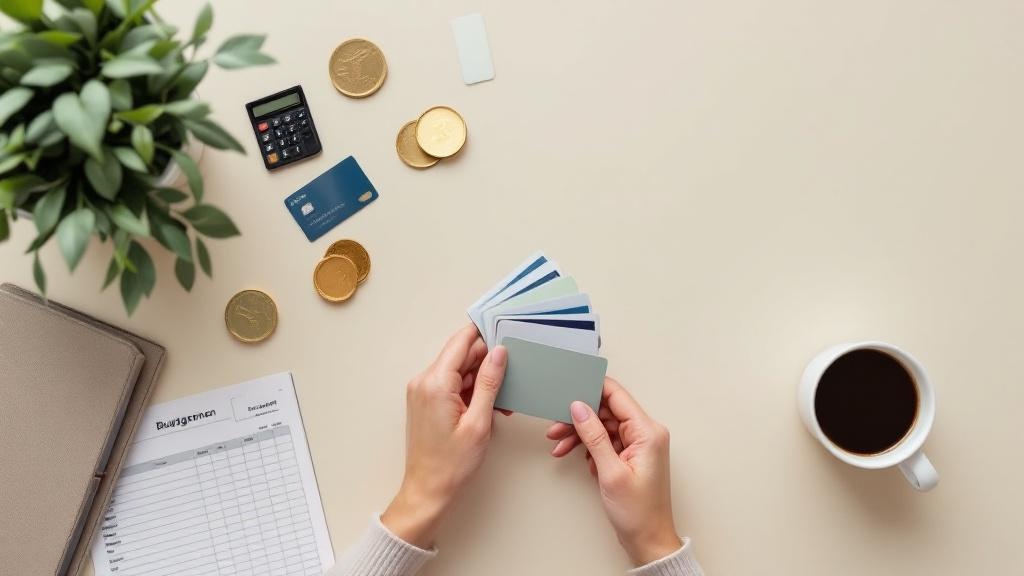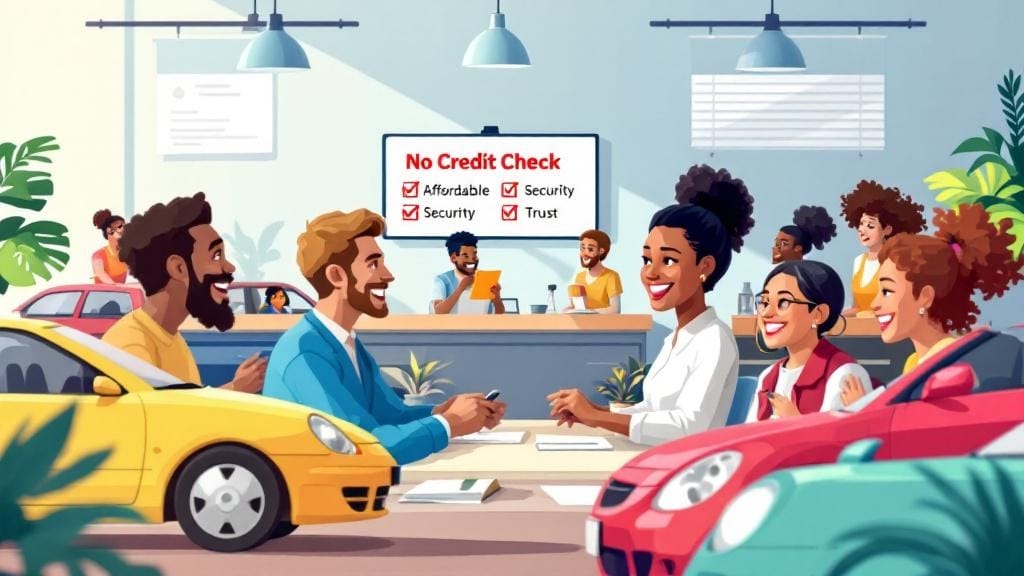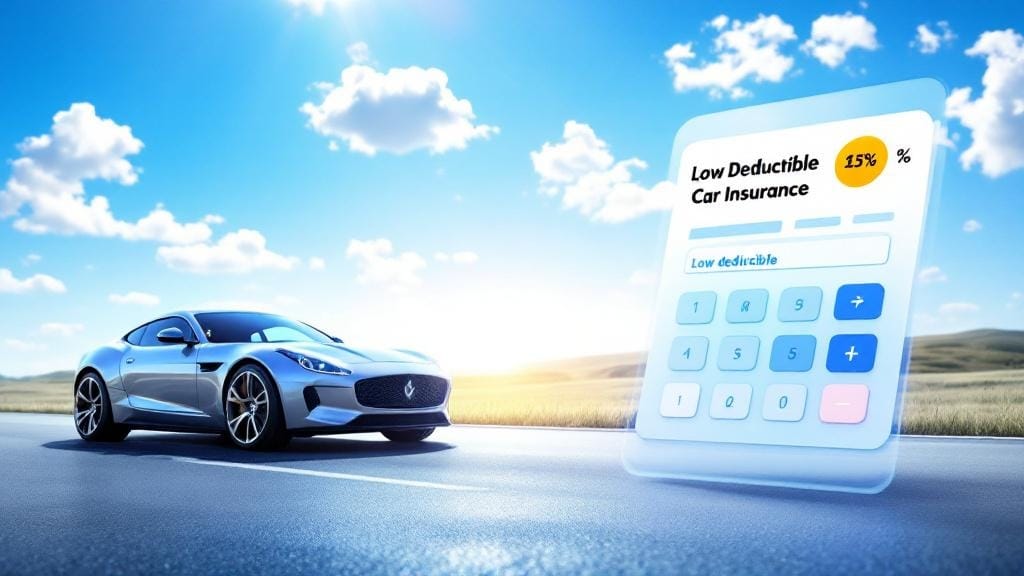Credit card debt can feel like a never-ending cycle of payments, interest, and frustration. But with the right budget tips for reducing credit card debt, you can break free from the burden and move toward financial freedom. Whether you’re facing a large balance or struggling with high-interest rates, these strategies will help you pay off your debt faster and more effectively.
This guide covers proven budget tips for reducing credit card, actionable credit card repayment tips, and specific methods to manage credit card Liability effectively. By the end, you’ll have a clear roadmap to lower your balances and reduce the overall interest you pay.
Understanding the Problem: Why budget tips for reducing credit card debt
Before diving into the best ways to reduce credit card debt, it’s important to understand why this type of debt can be so overwhelming. The main issue with credit card Liability is high-interest rates. Credit cards often carry interest rates in the range of 15% to 30%, depending on your credit score. This means that the longer you carry a balance, the more you’ll pay in interest, making it harder to pay off the original amount.
The debt snowball method for credit cards and other Liability reduction strategies can help you take control of your finances. But first, let’s explore a few essential budget tips for reducing credit card Liability.
1. Set Up a Debt Repayment Plan
One of the first steps in paying off credit card debt quickly is to set up a realistic debt repayment plan. Without a clear strategy, it can be easy to get lost in the shuffle of minimum payments and interest charges. Here’s how to begin:
List all your credit cards: Write down the balance, interest rate, and minimum payment for each one.
Determine how much you can afford to pay monthly: Analyze your budget to see how much you can allocate to debt repayment each month. The more you can pay above the minimum, the faster you’ll pay off your debt.
Choose a repayment strategy: You can use either the debt snowball method or debt avalanche method. The snowball method focuses on paying off the smallest balances first, while the avalanche method targets the highest-interest debt first.
Example: If you have three credit cards—one with a $1,000 balance, one with $2,500, and one with $5,000—use the debt snowball method to pay off the $1,000 balance first. Once that’s paid off, move on to the $2,500 balance and then the $5,000 balance.
2. Use the Debt Snowball Method
The debt snowball method for credit cards is one of the most popular ways to pay down debt faster. Here’s why it works:
Builds momentum: Paying off smaller balances first gives you quick wins, boosting motivation.
Simplifies the process: Instead of juggling multiple large debts, you focus on one at a time.
To implement the debt snowball method:
Pay the minimum on all your credit cards except the one with the smallest balance.
Put any extra money towards the smallest balance until it’s paid off.
Once that balance is cleared, move to the next smallest balance, repeating the process.
3. Consider Debt Consolidation
If you’re juggling multiple high-interest credit cards, debt consolidation tips for credit cards may be worth exploring. Debt consolidation involves taking out a single loan to pay off your credit card balances, leaving you with one monthly payment instead of several. This can simplify your repayment process and potentially lower your interest rates.
There are two primary ways to consolidate:
Balance transfer: Transfer high-interest credit card balances to a card with a lower interest rate. Many balance transfer offers come with 0% APR for an introductory period (usually 12-18 months). This can give you time to pay off the balance without accumulating more interest.
Tip: Pay attention to balance transfer fees (usually 3%-5%) and ensure that you can pay off the debt within the interest-free period.
Personal loan: Take out a personal loan with a fixed interest rate and use the funds to pay off your credit cards. With this option, you’ll have predictable payments and a set timeline to pay off your debt.
4. Lower Your Credit Card Interest Rates
Reducing your credit card interest rates can make a significant difference in how quickly you pay off your balances. Here’s how to lower your rates:
Negotiate with your credit card issuer: Call your credit card company and ask for a lower interest rate. If you have a good payment history, they may be willing to accommodate your request.
Look for credit cards with lower rates: If your credit score allows, consider applying for a new credit card with a lower interest rate. A balance transfer card with a 0% introductory APR can be especially helpful for paying off high-interest debt.
5. Create a Monthly Budget for Debt Repayment
Having a monthly budget for debt repayment is crucial for staying on track. To create a debt-focused budget:
List your income and expenses: Understand how much you earn and how much you spend each month.
Allocate funds for debt repayment: Set aside a specific amount to pay off your credit card debt each month.
Cut non-essential expenses: Identify areas where you can reduce spending—such as dining out, subscriptions, or entertainment—to free up more money for debt repayment.
By consistently sticking to your budget, you can manage credit card debt effectively and avoid falling back into debt traps.
6. Build an Emergency Fund to Avoid Debt Traps
One of the keys to debt-free living is building an emergency fund for debt management. Without an emergency fund, you may find yourself using credit cards again when unexpected expenses arise. Start small—aim to save $500 to $1,000 for emergencies. Once that’s in place, you can focus on larger savings goals.
7. Automate Payments for Consistency
Consistency is key when it comes to credit card debt repayment. Set up automatic payments to ensure that you’re always on track. Paying on time not only helps you avoid late fees but also prevents the accumulation of additional interest charges.
Frequently Asked Questions (FAQs)
1. What are the best ways to reduce credit card debt?
The best ways to reduce credit card debt include creating a solid repayment plan, using the debt snowball or avalanche methods, consolidating debt, negotiating interest rates, and sticking to a monthly budget.
2. How can I lower my credit card debt fast?
To lower credit card debt quickly, consider using the debt avalanche method to pay off high-interest debt first, transferring balances to lower-interest cards, and cutting back on unnecessary expenses to free up more money for payments.
3. How can I reduce high-interest credit card debt?
To reduce high-interest credit card debt, consider applying for a balance transfer credit card with 0% APR, negotiating with your issuer for a lower rate, or consolidating your debt with a personal loan.
4. What is the debt snowball method for credit cards?
The debt snowball method for credit cards involves paying off your smallest credit card balance first, while making minimum payments on other cards. Once the smallest debt is paid off, you move on to the next smallest, creating a snowball effect of progress.
5. What is a credit card repayment plan?
A credit card repayment plan is a strategy that outlines how you’ll pay off your credit card debt, including which debts to prioritize, how much to pay each month, and a clear timeline for becoming debt-free.
6. How can I avoid debt traps with credit cards?
Avoid debt traps by only charging what you can afford to pay off in full each month, maintaining a budget, avoiding unnecessary purchases, and not using credit cards for non-essential expenses.
7. What is the best strategy for managing credit card debt?
The best strategy for managing credit card debt depends on your individual financial situation. Popular strategies include the debt snowball method, debt avalanche method, and consolidation options like balance transfers or personal loans.








Comments (0)